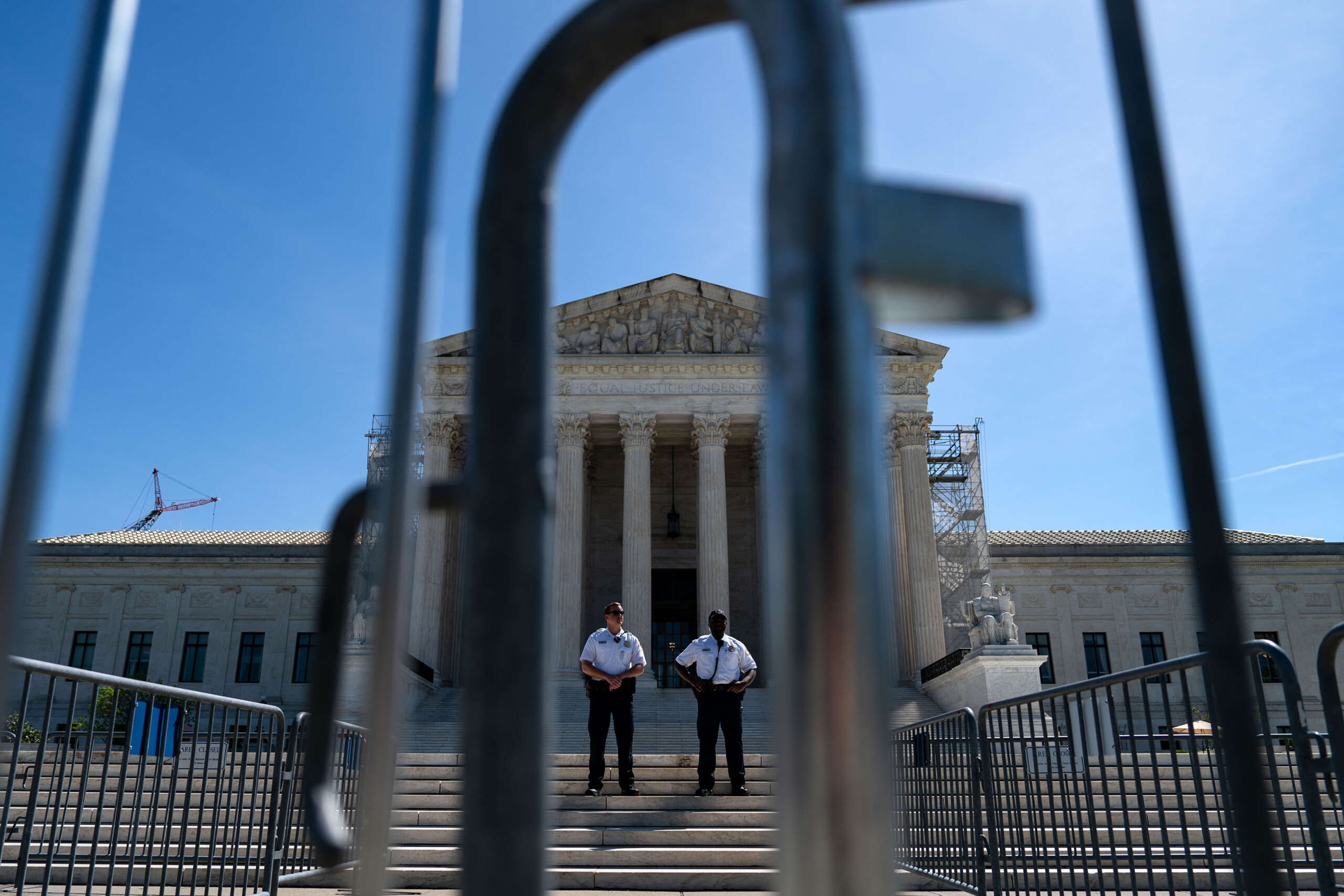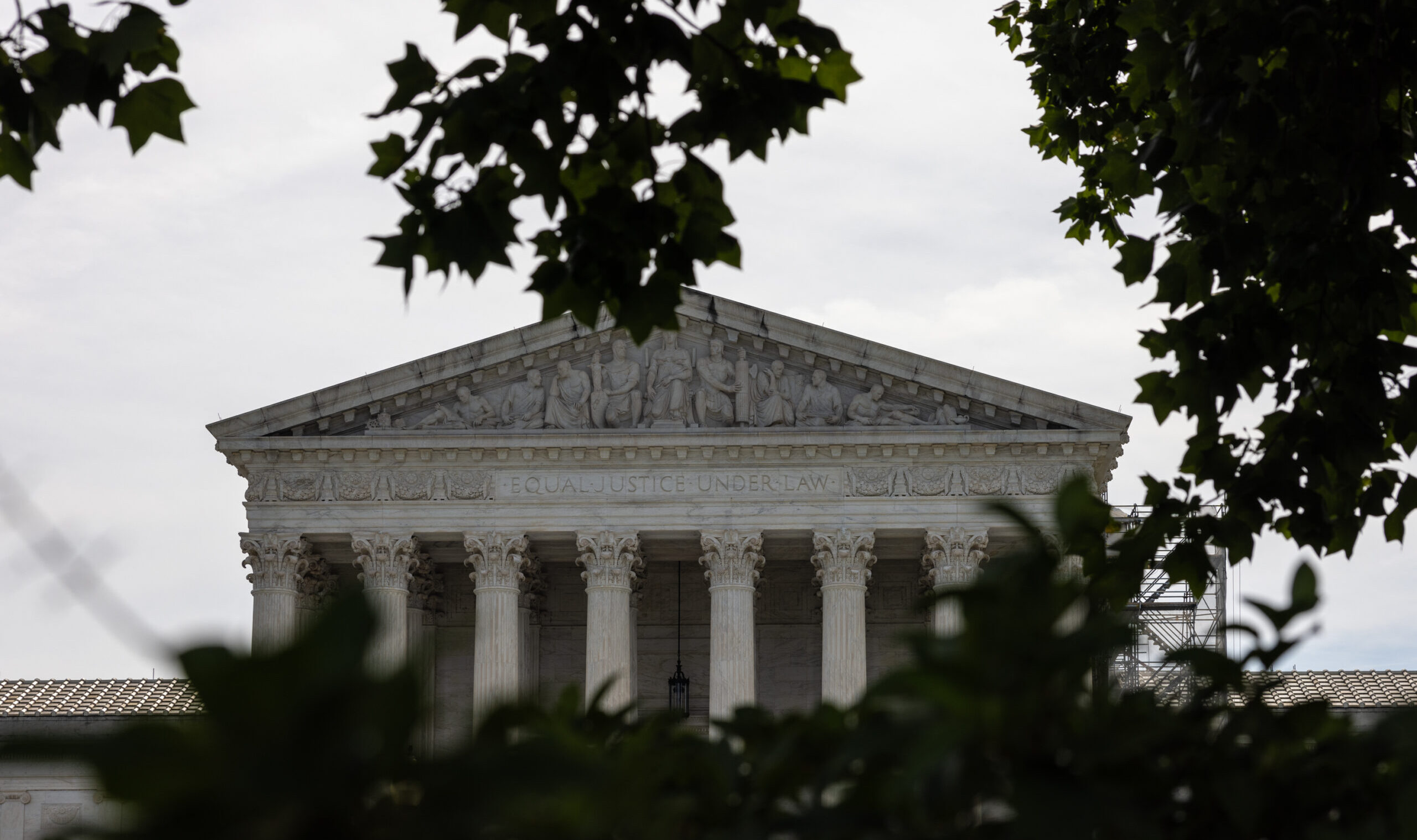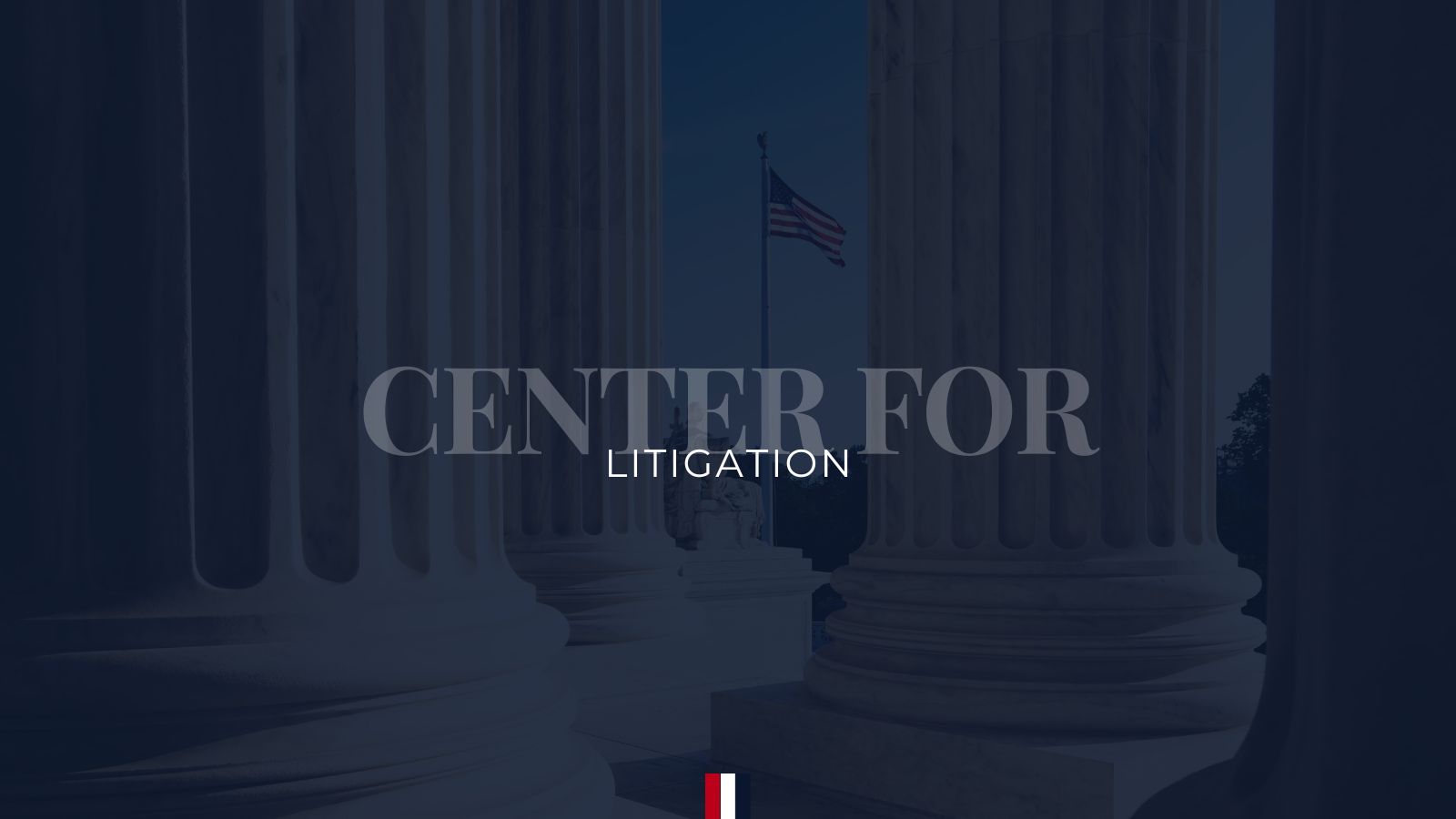Legal Implications

Scotus overturns chevron – The Supreme Court’s decision to overturn Chevron deference has significant legal implications for the relationship between the judiciary and the executive branch, as well as the regulatory landscape in various industries.
The Supreme Court’s decision to overturn Chevron has sent shockwaves through the legal community. This landmark ruling has far-reaching implications for the relationship between the judiciary and the executive branch. One of the most vocal critics of the decision is Congressman Thomas Massie.
Massie has argued that the decision is a blow to the separation of powers and will lead to unelected bureaucrats having too much power. The Chevron decision is a major victory for conservatives, who have long argued that the judiciary should defer to the executive branch on matters of interpretation.
However, it is unclear what the long-term consequences of the decision will be.
Chevron deference, established in the 1984 case Chevron U.S.A., Inc. v. Natural Resources Defense Council, Inc., required courts to defer to an agency’s reasonable interpretation of ambiguous statutes it administers. This gave agencies broad authority to interpret and enforce laws, even if their interpretations were not the most natural reading of the statute.
Relationship between the Judiciary and the Executive Branch
The overturning of Chevron deference shifts the balance of power between the judiciary and the executive branch. Courts will now have more authority to review and potentially overturn agency interpretations of statutes, reducing the executive branch’s ability to shape policy through regulatory action.
Regulatory Landscape
The decision may also have a significant impact on the regulatory landscape in various industries. Agencies will need to be more cautious in their interpretations of statutes, as courts are more likely to scrutinize their actions. This could lead to more litigation and uncertainty in regulated industries.
The Supreme Court’s decision to overturn the long-standing precedent of Chevron deference, which gave federal agencies broad authority to interpret ambiguous statutes, has been met with mixed reactions. Critics argue that the decision will lead to greater uncertainty and inconsistency in the application of laws, while proponents contend that it will restore the proper balance of power between the executive and judicial branches.
Chevron deference overturned will likely have a significant impact on a wide range of regulatory issues, from environmental protection to financial regulation, and it remains to be seen how the courts will apply the new standard in practice.
Political Impact

The Supreme Court’s decision in West Virginia v. EPA has significant political implications. The decision has been hailed by Republicans as a victory for states’ rights and a blow to federal overreach, while Democrats have condemned it as a setback for environmental protection and a threat to the separation of powers.
, Scotus overturns chevron
The decision is likely to have a major impact on the upcoming presidential election. Republicans are expected to use the ruling to argue that they are the party of limited government and individual liberty, while Democrats will argue that the decision is a threat to public health and safety.
The decision may also affect the balance of power between the different branches of government. The Court’s ruling has limited the ability of the executive branch to regulate greenhouse gas emissions, which could make it more difficult for the Biden administration to meet its climate goals. The decision could also embolden Congress to pass legislation that would further restrict the EPA’s ability to regulate air pollution and other environmental hazards.
Economic Considerations: Scotus Overturns Chevron

The Chevron ruling has significant economic implications, affecting business investment, regulatory compliance, and industries heavily regulated by the government.
The decision may lead to increased uncertainty for businesses, as they can no longer rely on Chevron deference to guide their compliance efforts. This could lead to a decrease in investment, as businesses may be hesitant to make long-term commitments without clear regulatory guidance.
Impact on Business Investment
The Chevron ruling could have a negative impact on business investment, particularly in industries that are heavily regulated. Businesses may be hesitant to invest in new projects or expand existing operations due to the increased uncertainty surrounding regulatory compliance.
For example, in the energy industry, businesses may be less likely to invest in new drilling projects if they are concerned that the government could change its interpretation of environmental regulations. Similarly, in the healthcare industry, businesses may be less likely to invest in new drugs or treatments if they are concerned that the government could change its interpretation of safety regulations.
Impact on Regulatory Compliance
The Chevron ruling could also make it more difficult for businesses to comply with regulations. Without Chevron deference, businesses will have to rely on their own interpretation of the law, which could lead to increased litigation and enforcement actions.
For example, in the financial industry, businesses may have to spend more time and resources on compliance efforts in order to avoid being sued or fined by the government.
Impact on Heavily Regulated Industries
The Chevron ruling is likely to have a particularly significant impact on industries that are heavily regulated by the government. These industries include energy, healthcare, finance, and telecommunications.
In these industries, businesses often have to make significant investments in order to comply with regulations. The Chevron ruling could make it more difficult for businesses to make these investments, as they can no longer rely on Chevron deference to guide their compliance efforts.
In a landmark ruling, the Supreme Court has overturned the long-standing Chevron doctrine, which gave deference to agency interpretations of ambiguous statutes. This decision, explained in detail at supreme court overrules chevron doctrine , marks a significant shift in the balance of power between the courts and administrative agencies, potentially leading to more judicial scrutiny of agency actions.
The Supreme Court’s recent decision in Chevron v. NRDC has sparked debates about the limits of judicial deference to agency interpretations. The ruling has also drawn attention to the importance of clear and precise language in legal documents, much like the distinct patterns and colors found in tartan , the traditional fabric of Scotland.
As the Court navigates the complex legal landscape surrounding Chevron, it will undoubtedly continue to emphasize the need for clarity and predictability in the law.
The Supreme Court’s decision to overturn the Chevron decision has far-reaching implications for the relationship between the courts and administrative agencies. The Chevron decision, which had been in place for over four decades, gave deference to agencies’ interpretations of their own regulations.
This deference allowed agencies to make policy without having to go through the normal legislative process. The Court’s decision to overturn Chevron means that agencies will now have to justify their interpretations of regulations to the courts. This could lead to more litigation and make it more difficult for agencies to implement their policies.
Read more about the Chevron decision. The overturning of Chevron is a significant victory for those who believe that the courts should have more oversight over administrative agencies.